How to Analyze a Rental Property
There are several primary factors when analyzing a rental property. Two most important are:
- Cash Flow – Cash flow is simply the money left after all the bills have been paid.
- Appreciation – Appreciation is the equity gained as the property value increases.
This section focuses on analyzing cash flow.
A simple definition is: cash flow is the money left over after all the bills have been paid. It can get lots of people in trouble.
Cash flow is:
Income – Expenses = Cash Flow
Income may include more than just the rent. Expenses will include more than just the mortgage.
A bad example of calculating cash flow would be: Mortgage is $800 per month and the property will rent for $1,000 per month – so the cash flow would be $200 per month. False.



